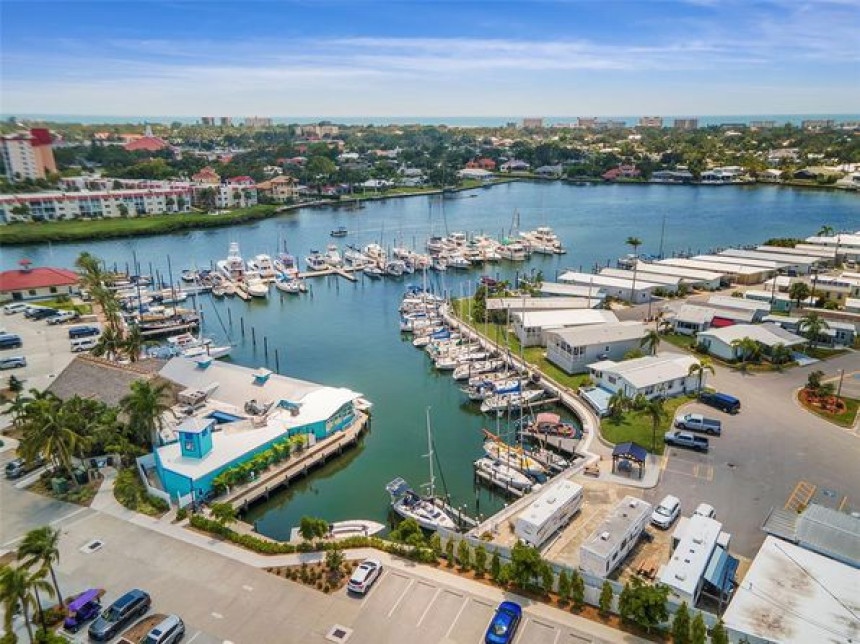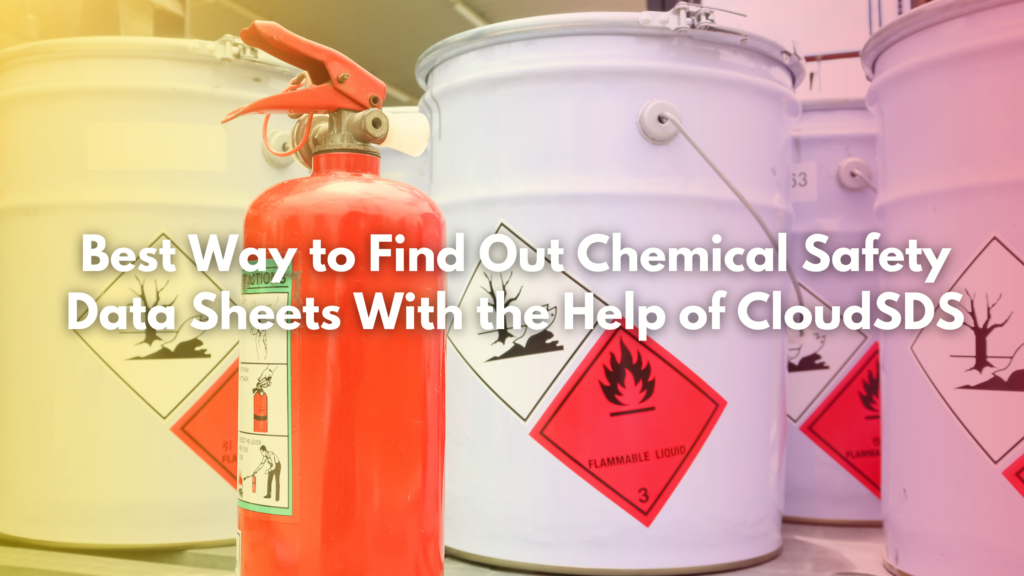Living on the Intracoastal Waterway can offer a unique and picturesque lifestyle, but it does require homeowners to be aware of important environmental considerations. These include everything from preserving natural habitats to tackling climate change. Consequently, understanding and addressing these factors is crucial for the ecosystem’s well-being and property sustainability. This article explores various environmental considerations homeowners should consider while living on the Intracoastal Waterway. By staying informed about these issues and adopting responsible practices, homeowners can contribute significantly to preserving this delicate ecosystem’s beauty, tranquility, and long-term sustainability.
Coastal Erosion and Sea Level Rise
Homeowners along the Intracoastal Waterway must grapple with significant environmental challenges, including coastal erosion and rising sea levels. With dynamic coastlines, maintaining property stability and integrity presents a constant struggle. As sea levels continue to climb, this situation worsens, further heightening vulnerability to flooding and property damage. A comprehensive understanding of these risks is imperative for homeowners who wish to safeguard their properties against these natural threats.
Water Quality and Pollution
Water quality and pollution are crucial environmental considerations for those living along the Intracoastal Waterway. As residents enjoy the beauty of this cherished area, it is important to address concerns regarding water health. Pollution can come from different sources, including stormwater runoff, boating, and shoreline activities.
Furthermore, to preserve what’s precious, homeowners can take proactive measures such as environmentally responsible waste disposal, fertilizer use, and minimizing contributions to runoff. They may adopt sustainability factors that can help prevent pollution and protect the biodiversity of this delicate ecosystem. The sustainability factors are as follows.
- Native plant usage
- Rain garden installation
- Reducing pesticide use
With due diligence in mind toward attaining water purity and maintaining their environment pristine, homeowners can foster a healthier Intracoastal Waterway.
Community Involvement and Education
Individuals considering homes for sale alongside the Intracoastal Waterway must prioritize community involvement and education to cultivate environmental stewardship. Everyone needs to pitch in for environmental initiatives for a healthy waterway ecosystem. Additionally, joining local environmentally friendly organizations or contributing through volunteer work or financial support can make all the difference. Homeowners should also understand their role and potential impact in preserving this natural resource for future generations. Ensuring sustainable practices are adopted means ensuring the Intracoastal Waterway stays beautiful and intact.
Sustainable Living Practices
Intracoastal Waterway homeowners play a vital role in protecting their ecosystem. Adopting sustainable practices helps to reduce the carbon footprint and maintain the ecological balance. These may include:
- Energy-efficient measures
- Renewable energy sources
- Eco-friendly gardening techniques
- Water conservation
These practices contribute to preserving the waterway and offer long-term cost savings. Moreover, promoting sustainable living inspires others within the community to embark on this journey towards a better, more enjoyable environment for all future generations.
Storm Surge and Flood Risks
Knowing the risks of storm surge and flooding for the Intracoastal Waterway home prospects is crucial while browsing homes for sale. Homeowners along the Intracoastal Waterway face significant risks from storms and flooding due to their proximity to the water. These potential dangers highlight the crucial need for protective measures, such as fitting storm shutters, raising essential utilities, or reinforcing foundations. Moreover, homeowners must understand that flood-prone locations require particular insurance coverage to ensure adequate protection against damage.






